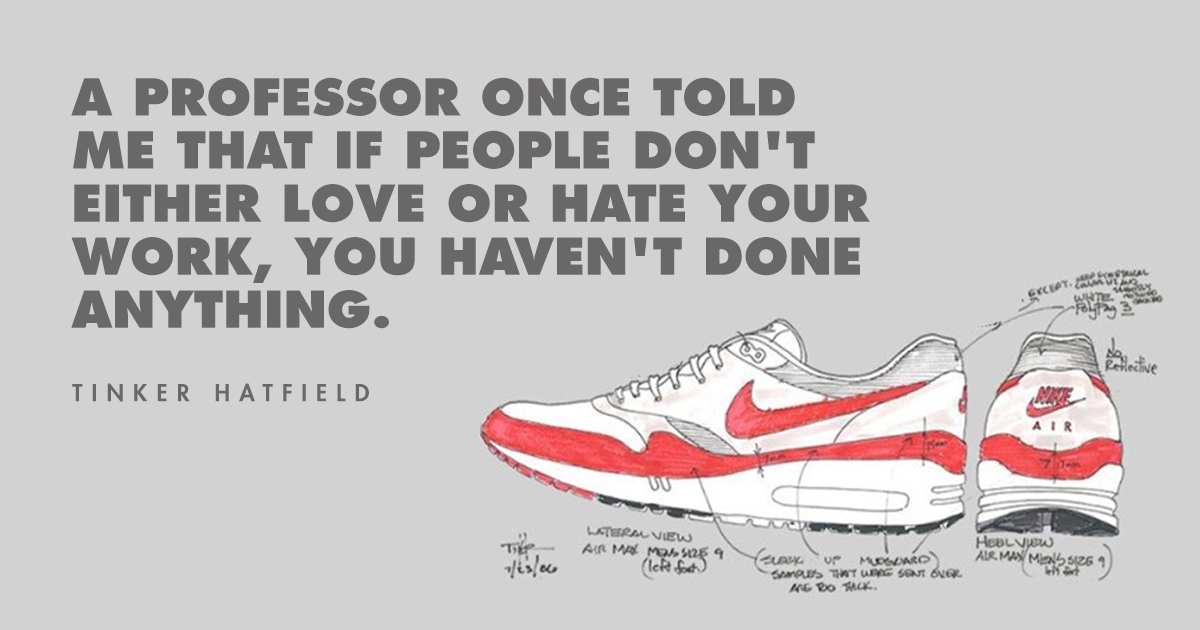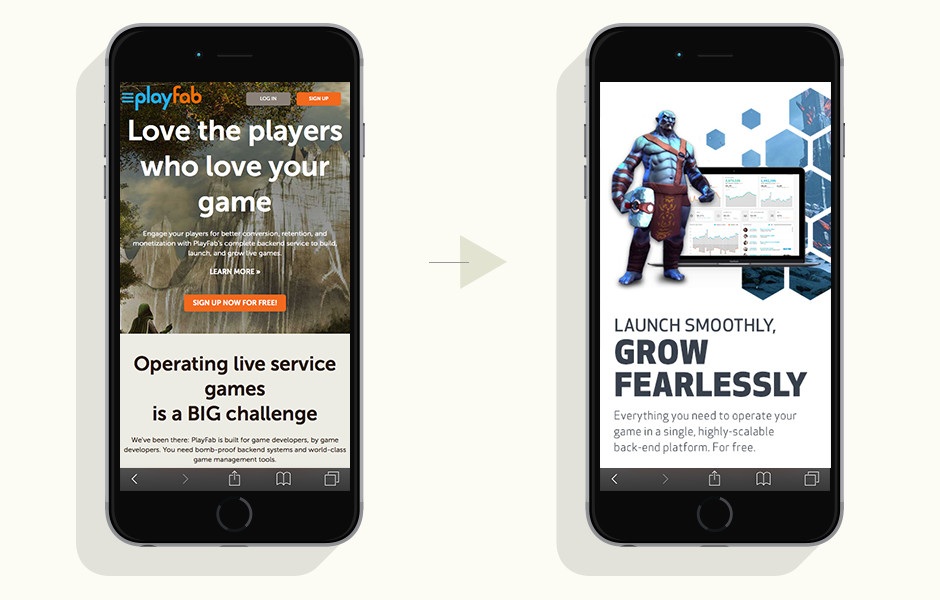As a business owner, uncertainty comes with the territory. The future is an unknown commodity and over the years I’ve learned how to live in the slightly nervous and uncomfortable space between today and tomorrow.
Want to know what’s on my mind currently?
- How do I gain a competitive advantage in a crowded category where most companies appear to provide the same service?
- How do I gain the credibility needed to attract better customers?
- How do I hire the right employees and retain them?
Based on my experience of branding local Seattle and national clients over the years, I know I’m not alone in these concerns. In fact, here’s a longer list of the challenges I hear from most of my clients:
- Will I be able to remain profitable?
- If I’m a startup, will I be able to raise additional money?
- Will my customers buy this new product? Which products should I be making?
- Can my current product offering scale?
- How will I attract and convert new customers without a huge marketing budget?
And these are just the basic questions. There’s even tougher, nearly unsolvable obstacles facing your business, labeled by some as Wicked Problems.

A wicked problem is a puzzle so persistent, pervasive or slippery that it can seem insoluble. -Marty Neumeiertweet this
As taken from Neumeier’s book, The Designful Company:
In a 2008 survey sponsored by Neutron and Stanford University, 1,500 top executives were asked to identify the wickedest problems plaguing their companies today. Here's what they said...
- Balancing long-term goals with short-term demands
- Predicting the returns on innovative concepts
- Innovating at the increasing speed of change
- Winning the war for world-class talent
- Combining profitability with social responsibility
- Protecting margins in a commoditizing industry
- Multiplying success by collaborating across silos
- Finding unclaimed yet profitable market space
- Addressing the challenge of eco-sustainability
- Aligning strategy with customer experience
So how can branding help mitigate a never-ending list of uncertainties? Or, in other words, why should you, as a business owner, invest in branding? Here’s why I think it’s important.
Branding Helps Create a Shift in Your Perspective
In response to the Wicked Problems survey, author Jon Kolko wrote a book of his own, Wicked Problems: Problems Worth Solving. In it, he makes reference to a primary cause for the lack of true innovation holding most companies back from ever solving their questions of uncertainty, “Every three months, Fortune 500 companies report their earnings to investors. If a company reports losses—or even less-than-expected gains—the price of a stock drops, investors lose money, and those with the most shares lose the most money. So stockholders want the company to make as much money as possible in three-month increments.”
When a company’s success and failure lives in three month increments, or in some cases month-to-month, it’s tough to make the kind of meaningful change needed to fuel problem-solving innovation.
An investment in branding can help your company adopt long-term thinking, which is also infused with incremental, short-term results. In practical terms, this looks like:
- Discovering your higher purpose – the big why behind your company
- Applying this higher purpose to your culture, communicating it in a way that gains you internal consensus
- Truly understanding your audience
- Translating this understanding of higher purpose, culture and audience into scalable and sustainable product development, innovation and differentiation
It's an antidote to analysis paralysis, "Should we do this or that? Or even this other thing over here that our competitor is doing?"tweet this
Strategic branding work, as described above, narrows your range and gives you a decision making filter. It's an antidote to analysis paralysis, "Should we do this or that? Or even this other thing over here that our competitor is doing?" And when you have no agreed upon lens to pass these decisions through, you end up doing nothing and maintaining status quo until you reach irrelevance. Companies with a brand framework, on the other hand, operate with both a solid foundation and an agreed upon roadmap. It’s a stable starting place for all your future campaigns, hires and product development.
Let’s go through a few examples of how strategic branding work can be applied to three of the biggest uncertainties.
Uncertainty #1: How do I gain a competitive advantage in a crowded category?
A big part of branding is to stand out and differentiate your brand from the competition.
In today’s crowded marketplace, there is a lot of sameness. If you look at any industry, Wi-Fi technology, financial services, food and beverage, healthcare, retail, etc. you see brands doing and saying the same things.
Even when it comes to design, there’s often not must distinction. You could effectively change the logo, website, packaging, ads from one brand to the other and it would still work. This infinite amount of similarity creates what I call the Red-Wine-Effect. When you go buy wine at a grocery store, you are hit with hundreds of bottles of wine. As a consumer, you must then take the time to wade through the options, and in the end your choice is often determined by subpar criteria: price, familiarity or random choice. Notice how none of these criteria speak to the actual matching of product quality to my specific preferences. That’s a big problem.
This infinite amount of similarity creates what I call the Red-Wine-Effect.tweet this

So how do you stand out and differentiate? Have the courage to make it meaningful. Consider Tinker Hatfield. While you may not immediately recognize his name, you’ll know his work. He’s the designer behind many of Nike’s most iconic shoe designs, including the Air Jordan 3. He has a perfect quote on the power of differentiation, “A professor once told me that if people don’t either love or hate your work, you haven’t done anything.”
If your work isn’t making waves, it’s probably just white noise – effort without impact. If you try to please everyone, your brand will end up stale and bland.
To differentiate you need to find your own version of Nike’s Air Jordan. Create a belief system around what makes you unique and then live it. It needs to be something which causes you and your team to walk, talk and look different while delivering your products or services at a high level.
Uncertainty #2: Are we credible enough to attract better customers?
Let’s face it, looks matter to people. Whether consciously or not, we’re always judging people and brands based on their wardrobe. There’s a reason why people dress well in business settings. It makes them look professional and put together, while also psychologically helping them feel more confident, credible and empowered. This internal confidence combined with external polish creates the impression of credibility to even complete strangers. Branding works the same way.
Clients will often come to us to give their brand identity an upgrade. When a company is able to improve their digital presentation, it elevates the marketplace’s perception of them. New leads will come in with a higher level of trust, making the consideration and closing of a transaction much easier and faster.
One of our most recent clients, PlayFab, asked us to help them evolve their brand to feel more polished and sophisticated to match their offering. They felt the look of their brand came off as too childlike to be taken seriously, which ended up requiring lengthy efforts to establish the credibility needed to sell potential clients on the stability of their product.

After a full competitive audit and brand strategy, our design team gave their brand identity a fresh change of clothes. They went from hoodies to suit jackets, without losing the approachable feel of their brand. They are now positioned well to attract the type of customers who will fuel their future growth.
Uncertainty #3: How do I hire the right employees and retain them?
In my industry, great talent will make or break a business. It enables us to take on additional work and produce higher-quality results. As well, the best talent brings innovative and diverse thinking which allows me to pivot and adjust our business model as needed to respond to market changes.
As we face the uncertainty of the future, one of my biggest concerns is making sure we attract the right people and keep them here. You may have guessed it already, but branding plays a key role in this as well.
First: Define your culture.
From our experience, it’s typical for over 75% of a company’s culture to come from its founder and core leaders. These are the people who are carry the passion and devote the energy. A quick way to define and assess your culture is to examine the founder or CEO and people who were there from the start. If the founder is competitive and analytical, the culture is typically bold and metric based. If the founder is a designer, the company may be prone to place a high value on aesthetics.
Branding helps clarify these values so they can be rallied around, celebrated and put into practical application to help the company grow.
Second: Hire based on the defined culture
Once you define your culture, you can apply your learnings to the interview process and begin to hire for cultural fit, rather than simply talent or experience. A tactic we like to use when creating job descriptions is to write it so that it sounds like the perfect job for who we want.They are attracted to how things gets done and solved, but for others it scares them away and makes them feel like it would be a very bad idea to work there.
Third: Make sure culture isn’t a one-time event
This can’t be stated enough - you need to talk about your culture ALL-THE-TIME. For founders and CEO’s, talking about your culture has to be done every day, and managers need to have it be a big portion of their mindshare as well. It must be a living and active part of your company. If it’s not, your culture will get watered down and lose its impact.
We heard a great example of this firsthand recently from an ex-Square employee, “When I was at Square, Jack Dorsey the CEO, every Friday, reminded the company that the reason for Square was helping small businesses grow…I know for a fact that kept a lot of people there who would have otherwise left…being reminded of the mission.”
Employees need to hear the beliefs and values interpreted in everyday situations and applied to all major decisions.
